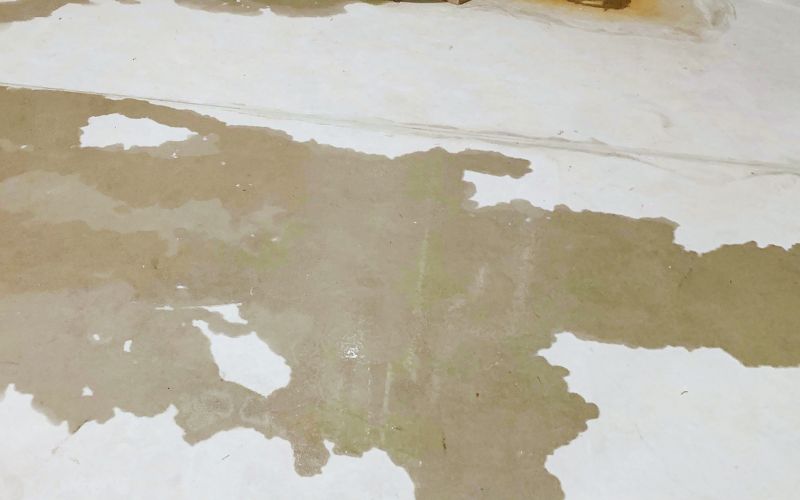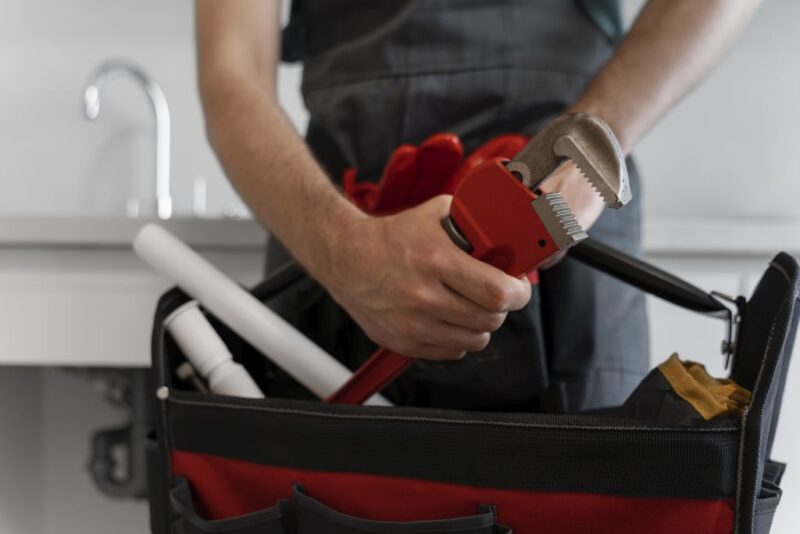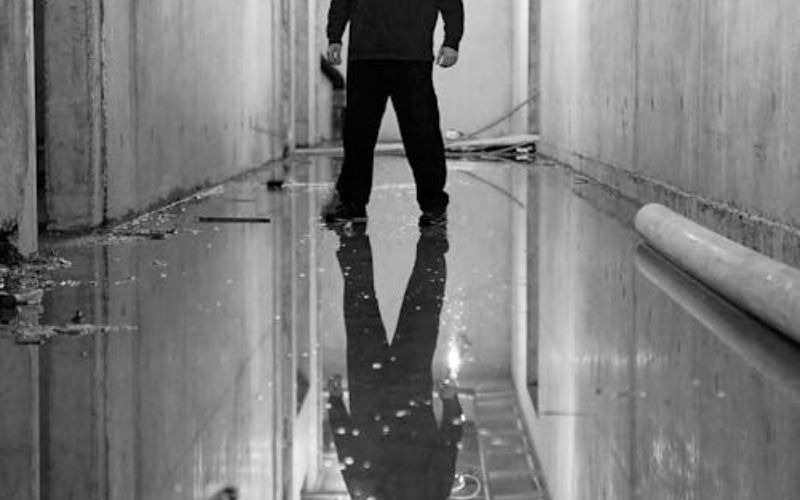Discovering a water leak in your basement ceiling can be alarming and frustrating. Not only does it pose a risk to your home’s structure and your family’s health, but it can also be a sign of deeper, more serious issues.
In this comprehensive guide, we’ll walk you through the process of identifying the sources of water leaks in your basement ceiling, offering valuable insights and actionable steps to tackle this challenging problem.
Initial Signs and Symptoms

Understanding the early symptoms of water damage is only part of the equation. It’s equally important to have a clear understanding foundation issues, as these can often be intertwined with water-related problems. Foundation cracks or shifts can create pathways for water intrusion, further amplifying damage.
Before diving into the diagnostics, it’s crucial to recognize the early signs of water leaks in your basement ceiling. By being alert, you can address the problem before it escalates.
Water stains are the most apparent indicators of a leak in your basement ceiling. These stains may appear brown or yellowish and could be damp to the touch. Additionally, peeling paint, bubbling wallpaper, or a musty odor can also signify a hidden water leak. These initial signs often go unnoticed until they become more severe, so regular inspections are essential.
Once you’ve identified potential leak signs, it’s crucial to assess the extent of the damage. Check for any structural weaknesses in the ceiling, such as sagging or bulging areas, which could indicate a significant accumulation of water.
It’s also important to consider the age and condition of your home, as older structures are more susceptible to water damage due to deteriorating materials and outdated plumbing systems.
Tracing the Source
Identifying the exact source of a water leak can be challenging, especially when the visible signs in the basement ceiling might not directly align with the leak’s origin. This section will help you trace the leak back to its source.
Begin by examining external factors that could contribute to water accumulation in your basement ceiling. Heavy rainfall, snowmelt, or poor drainage around your home’s foundation can lead to water seepage.
Inspect your home’s exterior for signs of water pooling near the foundation, clogged gutters, or damaged downspouts. These issues can often be rectified with simple repairs or improvements to your home’s drainage system.
Professional Assessment and Repairs

If your investigations don’t uncover the source of the leak, or if the issue is beyond your repair capabilities, it’s time to call in the professionals. This final step is crucial to ensure your home’s safety and integrity.
Hiring a licensed plumber or a waterproofing expert, especially those experienced with foundation repair Niagara Falls, can provide a more thorough assessment of your situation. These professionals have the tools and experience to detect hidden leaks, such as thermal imaging cameras and moisture meters.
They are also skilled in addressing region-specific issues, such as those common in the Niagara Falls area, and can offer solutions tailored to your home’s specific needs and structure.
Once the source of the leak has been identified, repairs should be undertaken promptly to prevent further damage. This might involve patching up leaks, replacing damaged pipes, or implementing waterproofing measures. Professional repair services will ensure that the job is done correctly and safely, giving you peace of mind and protecting your home from future leaks.
The Advantages of Professional Assistance for Long-Term Solutions
While some leaks may seem manageable with DIY fixes, enlisting professional assistance ensures the issue is resolved comprehensively. Professionals not only address the immediate problem but also provide lasting solutions tailored to your home’s unique needs.
For instance, a specialist experienced in waterproofing and drainage systems can implement effective measures to safeguard your basement against future leaks. Their expertise in advanced techniques and equipment ensures your home is protected from recurring water damage.
Key Benefits of Assisted Service:
- Comprehensive Diagnosis: Professionals use advanced tools, such as moisture meters and thermal imaging, to detect hidden leaks.
- Tailored Solutions: Repairs and waterproofing are customized to address your home’s specific structural and environmental challenges.
- Long-Term Protection: Expertise in these systems ensures lasting protection against water damage.
- Increased Home Value: Proper repairs and preventive measures enhance the structural integrity and market value of your home.
- Peace of Mind: Licensed experts handle the job safely and effectively, reducing stress and future repair costs.
By opting for professional help, you gain access to insights and services that not only repair existing damage but also enhance the durability of your home’s foundation. This approach minimizes the risk of future leaks and preserves the structural integrity of your basement, offering you long-term peace of mind.
Conclusion
Addressing a water leak in your basement ceiling can seem daunting, but with the right approach and expert help, you can resolve the issue effectively. Remember, early detection and action are key to preventing significant damage and ensuring the longevity of your home.


